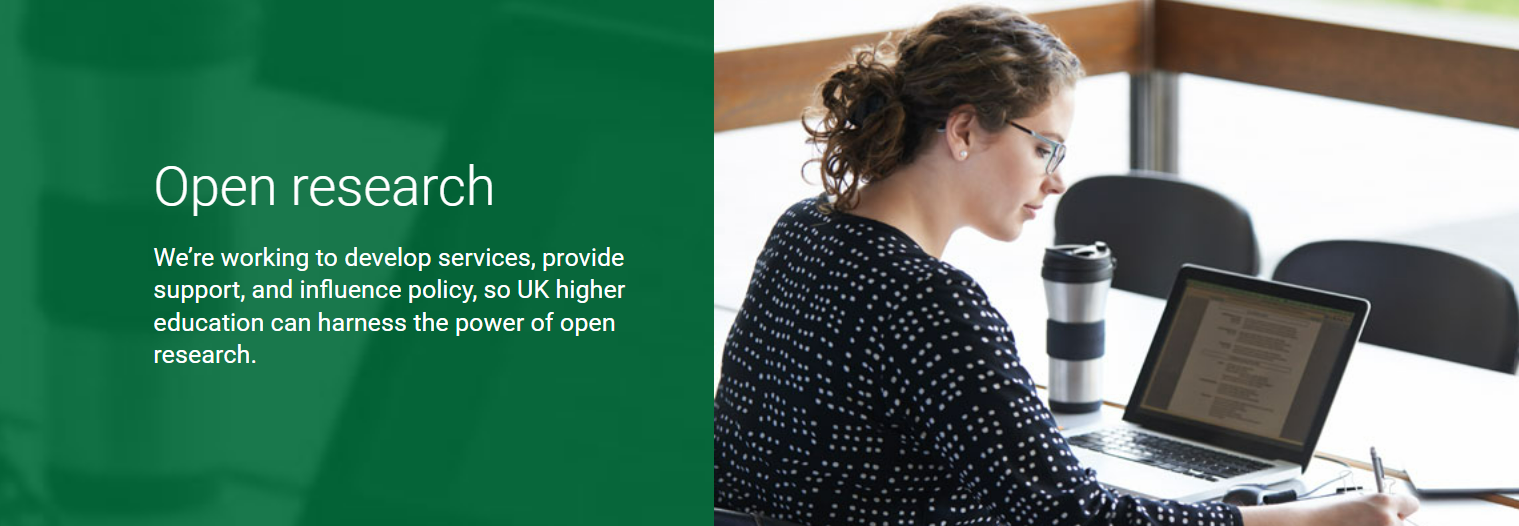This is the second part of a two-part blog post. Part one discussed the various approaches to open access (OA) book publishing, including the Diamond model, and ended by asking how do libraries decide which new models to support?
In part two, we acknowledge that libraries have to perform a balancing act and match up their institutional requirements to the different elements of the various publisher offers that are available. We then outline a number of criteria that libraries could use when assessing Diamond OA book agreements.

Criteria for libraries
- Publisher
Research the publisher you are thinking about entering into an agreement with. Are they a traditional book publisher making an initial foray into Diamond OA publishing? Or are they an academic-led or new university press? Do you have an existing relationship with them or a previous experience? Are they start-ups or established?
If the agreement is via Jisc, libraries will have the reassurance of a Jisc licence and know that any new publisher has been checked via our procurement and onboarding process.
- Content
Consider what you are going to get in return for your financial support. Your money will go into a collective pot to support new content being published OA; however some agreements also allow you to receive access to paywalled back file content either on a leased or perpetual basis. For example, in the case of Opening the Future, you would own the back file content from CEU Press and Liverpool University Press after three years’ support.
Another thing to consider is whether you will own all of the new content identified in the offer in perpetuity, regardless of whether the funding target has been met. For example, if the OA threshold for a collection is only partially met, what amount of content will you receive? And will the content be reliably preserved in the event of the publisher going out of business?
- Acquisition
Think about the quality and relevance of the titles that are being offered as part of the initiative and reflect on whether you would be interested in the content on offer regardless of whether it is OA or not. Would the content meet your regular acquisition criteria; does your collection development policy state which content to support either by subject areas or specific titles?
Transparency and openness are key considerations here. Does the publisher produce an annual report to their supporters to show what funding has achieved and global usage of that content? And will publishers allow your institution to use their logo on your website to promote the initiatives you support (and likewise so they can show which institutions are supporting them).
Remember that if the agreement is via Jisc, clause 3.1 of our licence outlines the publisher’s responsibilities and what they will provide to the library under the supporter membership.
- Commitment length
Think about how long an agreement is for. Are you happy to commit to two or three years support, as with Opening the Future , or would you prefer to make one off purchases? Increased commitment to longer agreements can ensure the short term future of publishers.
- Discoverability and library standards
Metadata is key to discoverability and therefore usage. But how good is the metadata provided by the publishers, what standard does it use, and is it provided under an open licence? Metadata is often available on publisher websites or available to subscribers but can institutions view it prior to signing an agreement?
Again, clause 3.1 of the Jisc licence outlines what the publisher will provide as part of the agreement. Key items to look out for are inclusion in DOAB / OAPEN, long term preservation, MARC and ONIX records, DOIs and other persistent identifiers (PIDs), and usage statistics.
Next steps
Do you have your own criteria for evaluating OA book agreements? If so, please share these with us. You can also see the range of OA monograph agreements that are available to our members on our website.

If you would like to read more around this subject, COPIM recently published a two part blog with resources and arguments to help inform librarians decisions to invest in OA monograph initiatives.
Keep up to date with Jisc open research on Twitter.

